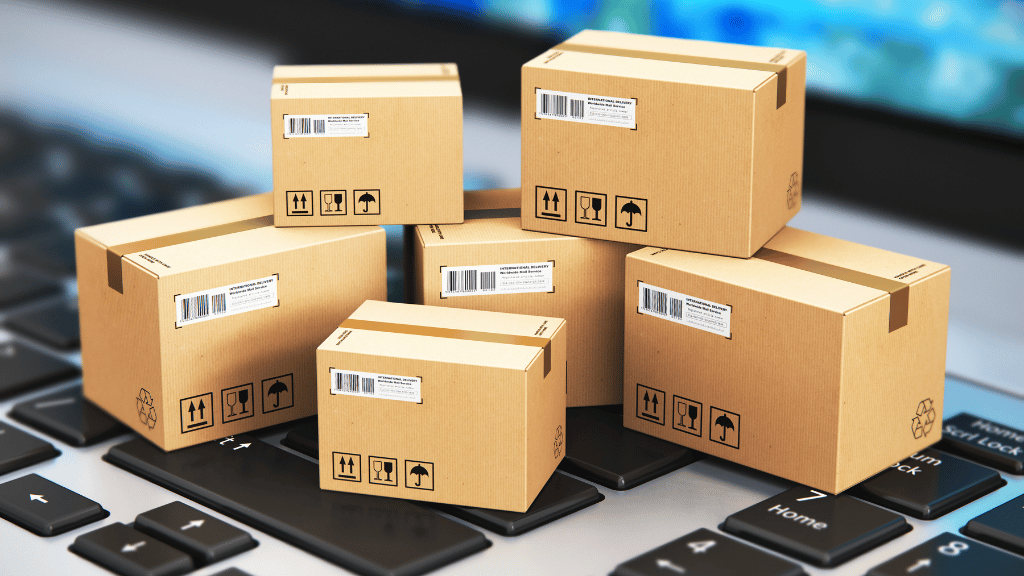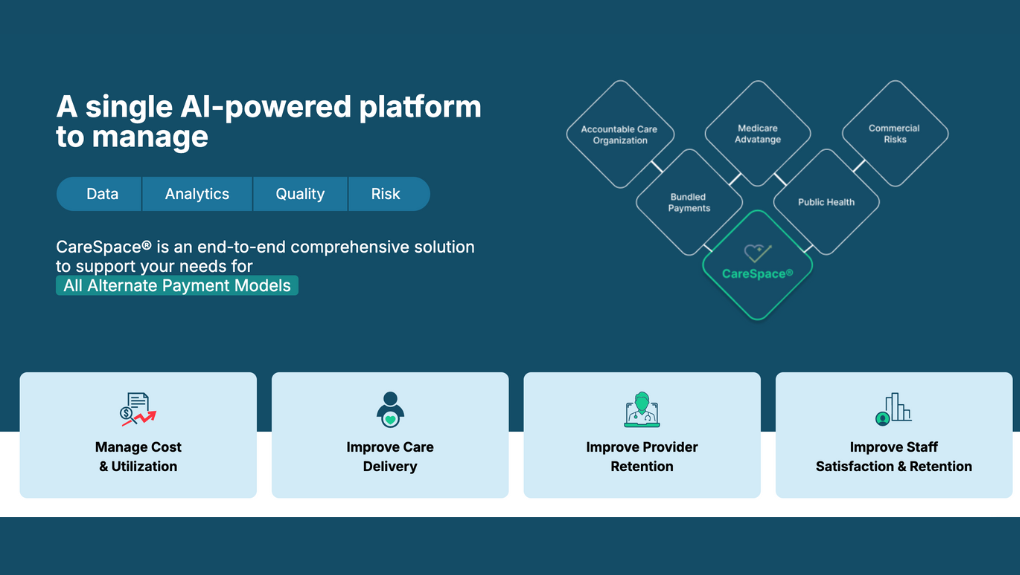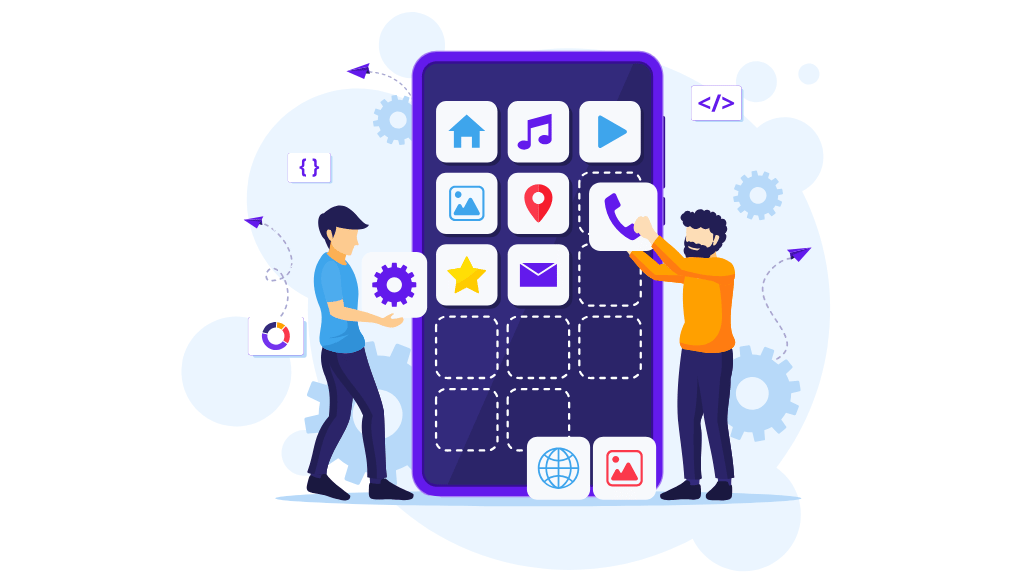How to Get Started with Ecommerce for Wholesale Distribution
Ecommerce has revolutionized the way businesses operate nowadays. Wholesale distribution, in particular, has seen a significant shift towards online platforms. If you're considering starting an ecommerce venture for wholesale distribution, this article is for you. We will provide you with a step-by-step guide on how to get started and build your own platform like Alibaba.
Before we talk about the nitty-gritty of getting started with ecommerce for wholesale distribution, it's essential to have a clear understanding of the concept. Ecommerce refers to the buying and selling of goods or services online. In the context of wholesale distribution, it involves selling products in large quantities to retailers, businesses, or other wholesalers through an online platform.
The Benefits of Ecommerce for Wholesale Distribution
Ecommerce offers numerous advantages for wholesale distribution businesses. Here are some key benefits:
1. Expanded Market Reach: With an ecommerce platform, you can reach customers beyond your local area or region. You can tap into national or even international markets, significantly expanding your customer base. If you use wholesale distribution eCommerce Solutions like Unilog, it can make it even easier for you to sell your products.
2. Cost Savings: Traditional brick-and-mortar businesses come with substantial overhead costs. Ecommerce eliminates the need for a physical store, reducing expenses associated with rent, utilities, and staffing.
3. Convenience: Ecommerce provides convenience for both buyers and sellers. Wholesalers can showcase their products online, and buyers can browse and purchase items at their convenience, 24/7.
4. Data-Driven Insights: Ecommerce platforms offer valuable analytics and reporting tools. You can gather data on customer behavior, preferences, and purchasing patterns, enabling you to make data-driven decisions to optimize your business strategies.
Now that we understand the basics and benefits of ecommerce for wholesale distribution let's explore the step-by-step process of getting started.
Step 1: Research and Planning

Before diving into ecommerce, thorough research and planning are crucial. Here's what you need to do:
1. Identify Your Niche: Determine the specific products or industry you want to focus on. Research market demand, competition, and potential profitability to make an informed decision.
2. Define Your Target Audience: Understand your target audience's needs, preferences, and pain points. This knowledge will help you tailor your offerings and marketing strategies to attract the right customers.
3. Analyze Competitors: Study your competitors' ecommerce platforms. Identify their strengths, weaknesses, and unique selling propositions. This analysis will help you differentiate your business and find your competitive edge.
4. Create a Business Plan: Outline your business goals, strategies, and financial projections in a comprehensive business plan. This document will serve as a roadmap for your ecommerce journey.
Step 2: Setting Up Your E-commerce Platform
Now that you've completed the initial research and planning phase, it's time to set up your e-commerce platform. Here's how:
1. Choose an E-commerce Platform: When choosing an e-commerce platform, it's important to choose one that is both robust and user-friendly, and that suits your business needs. Some popular options to consider include Shopify, WooCommerce, and Magento. Ensuring your platform runs smoothly is vital, which is why considering professional Magento maintenance services can be a game-changer for your business.
2. Register a Domain Name: Choose a domain name that reflects your brand and is easy to remember. Register the domain through a reliable domain registrar.
3. Design Your Website: Customize your e-commerce website's appearance to align with your brand identity. Use professional and appealing designs, ensuring a seamless user experience.
4. Add Product Listings: Upload your products onto your e-commerce platform. Provide detailed descriptions, high-quality images, and accurate pricing information. If you plan to implement email marketing, consider creating an online catalog. It can be shared through a link or QR code, eliminating the need for attachments.
Step 3: Establishing Payment Gateways and Shipping Options

To ensure smooth transactions and customer satisfaction, you need to establish secure payment gateways and streamlined shipping options. Follow these steps:
1. Payment Gateways: Integrate reliable and secure payment gateways into your ecommerce platform. Popular options include PayPal, Stripe, and Authorize.net. Offer multiple payment options to cater to diverse customer preferences.
2. Shipping Options: Partner with reputable shipping carriers to provide reliable and cost-effective shipping solutions. Display clear shipping information, including rates, delivery times, and tracking options, to enhance transparency.
3. Implement Security Measures: Prioritize the security of your customers' personal and payment information. Incorporate SSL certificates and encryption protocols to safeguard sensitive data.
Step 4: Marketing Your Ecommerce Business
Once your ecommerce platform is up and running, it's time to drive traffic and generate sales through effective marketing strategies. Consider the following:
1. Search Engine Optimization (SEO): Optimize your website's content, meta tags, and URLs to improve your search engine rankings. Target relevant keywords related to your wholesale distribution business.
2. Content Marketing: Create engaging and informative content through blog posts, product guides, and industry insights. Share valuable knowledge with your target audience to build trust and establish your authority in the wholesale distribution niche.
3. Social Media Marketing: Leverage social media platforms to promote your products, engage with your audience, and drive traffic to your ecommerce website. Choose the platforms where your target audience is most active.
4. Email Marketing: Build an email subscriber list and implement email marketing campaigns to nurture relationships with your customers. Send personalized offers, product updates, and exclusive discounts to drive repeat purchases.
Final Say
Venturing into ecommerce for wholesale distribution can be a rewarding and profitable endeavor. By following the steps outlined in this article, conducting thorough research, and implementing effective marketing strategies, you can establish a successful online presence. Remember to continuously adapt and refine your strategies based on market trends and customer feedback. Best of luck with your ecommerce journey!






